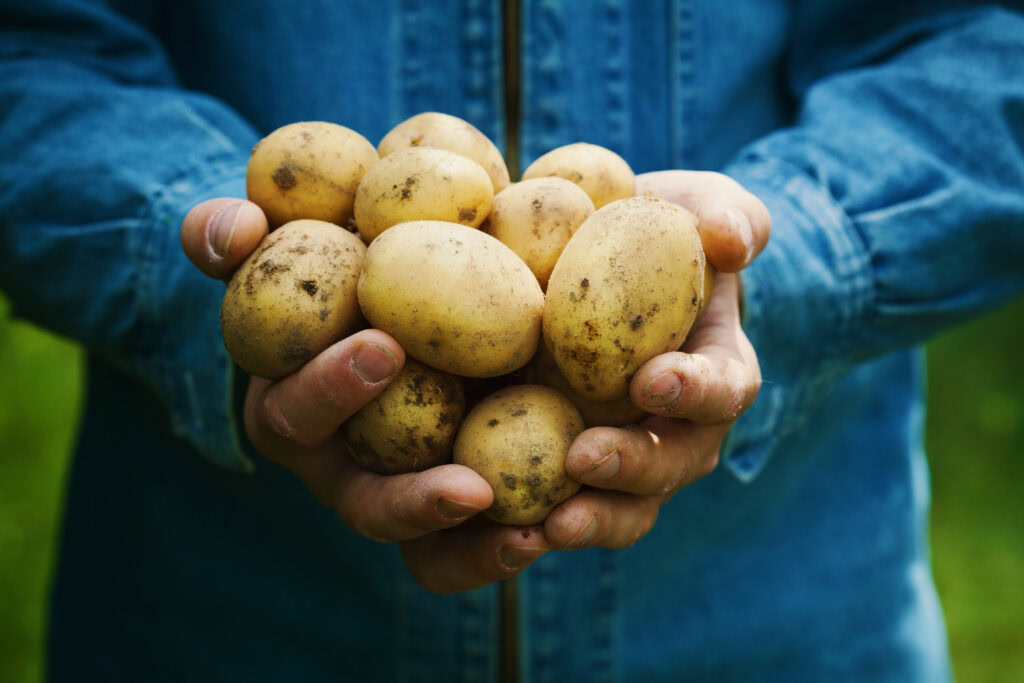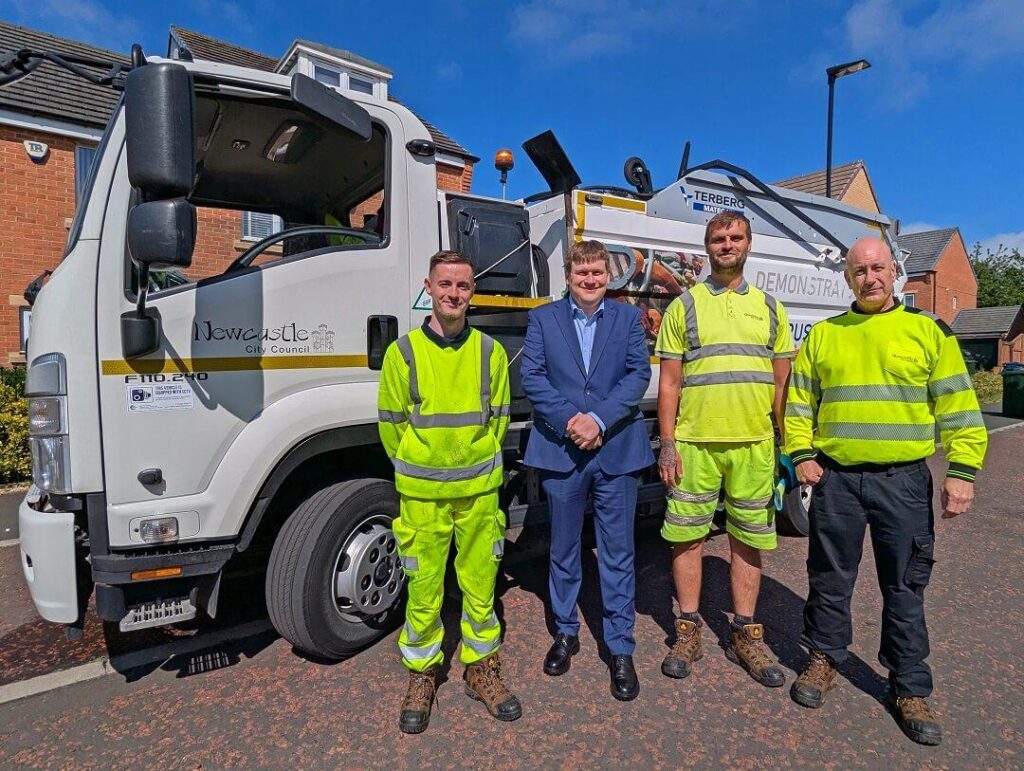This was the message given by Paul Harvey, head of waste and recycling of the HSE, speaking at the Composting Association's annual conference on Wednesday. He said re-classifying composting as separate from the waste and recycling industry would show a much better accident record.
Mr Harvey said: “The accident rate for the waste and recycling industry is five times the national average and the fatality rate is 10 times the national rate. I am sure if you all kept a track of your accident rate and showed it to your insurance companies, compared to the rest of the waste industry, you could show them your rate was better.”
He said he considered the composting sector as more suited to the umbrella of “Manufacturers of Fertilisers and Nitrogen Compounds”, and that such a classification was already used at the National Audit Office.
Risks
However, Mr Harvey went on to say that despite being better than other areas of the waste and recycling industry on health and safety, composting was not without its risks.
He explained: “At the moment the sector is producing about 2 million tonnes of compost a year, but there is the possibility for about 20 million in the future. Outside health and safety training will become increasingly important because there won't be enough people to pass their knowledge on to all new recruits.”
The seasonal nature of composting also left the industry open to “low-skilled casual labour”, which could be a risk to health and safety of staff, he said.
Bioaerosols
Elsewhere at the two-day event in Warwickshire, the Environment Agency called for more information on bioaerosols, and the risks they pose to staff at composting sites and nearby premises. The news that consultancy ADAS would shortly be releasing the results of a 12 month study on bioaerosols at compost sites, was welcomed.
The Environment Agency said it would be issuing new guidance on risk assessment for compost sites in January but said it would not be changing the 250 metres rule' for the proximity of other premises to a compost site.
But it urged composters to be more clear and thorough with their risk assessments. “We often get companies sending a risk assessment for one of their sites thinking it will apply to their other sites too, but each site needs its own assessment,” said Phil Saunders, technical advisor of waste processes.







Subscribe for free